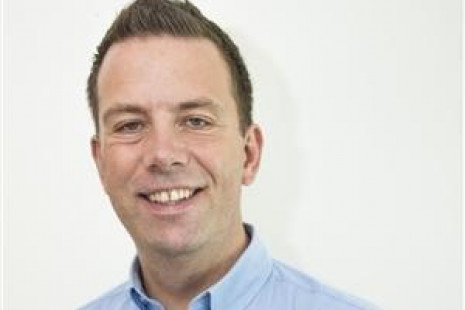
Advice for applicants
- You can make a difference in the service without being a firefighter
- It’s not as macho as you might think
- There are all kinds of people who work for the fire service
Joining the fire and rescue service was never part of my career plan. After graduating with a degree in media studies I trained as a journalist on a local newspaper and, after realising I didn’t quite fit the mould of thick-skinned reporter, decided to move to public relations.
On reflection, not feeling able to be myself in the macho environs of a newsroom was probably the biggest factor in me abandoning journalism. I felt far more at home in PR, particularly as my clients were mainly health and social care organisations, whose values were more aligned to mine. During that period I settled into a long-term relationship and was really comfortable being ‘out’ with colleagues. I realised how much of my real self I’d been leaving at home each day at the newspaper.
In 2010 our agency ceased trading and I had to look for a new job. Having only ever been consultancy-based, working in-house for a large public sector organisation really appealed to me so I applied for the position of consultation and engagement officer with Cheshire Fire and Rescue Service. This was a relatively junior role compared to my previous position, but I figured that the promise of a better work-life balance and the opportunity to work for a well-regarded organisation was worth a reduction in salary.
I loved the variety and pace of my new job from day one. I found myself managing media enquiries about operational incidents and contributing to safety campaigns. My team was friendly and supportive and at no point did I ever feel I had to hide my life outside work. It simply wasn’t, and never has been, an issue.
Over a coffee one day, another gay colleague and I decided we would try to resurrect the dormant LGBT staff and volunteer network. ‘Firepride’, as we named it, initially became a focal point for planning the service’s representation at pride events, but soon became far more strategic. We gave LGBT staff, volunteers and stakeholders a real voice in shaping the way services were provided and we began benchmarking ourselves in Stonewall’s Workplace Equality Index. Being named this year, eight years on, as the third best organisation – and best emergency service – in the UK to work for if you’re LGBT feels like a real professional achievement.
Leading Firepride raised my profile within the service and put me in a good position for promotion in a role in community safety. For the first time I was working in a uniformed, mainly male department and some of the anxieties I’d had at the start of my career resurfaced. However, a couple of my colleagues were involved in Firepride as straight allies and that helped me feel settled very quickly.
In 2013 I was asked to scope the feasibility of setting up the service’s first ever dedicated public safety education centre, an aspiration it had been struggling to achieve for some time. Since then, and with some excellent support from senior leaders and fire authority members, I have taken the project from a set of handwritten notes and sketches, to the £4.5 million facility I’m proud to manage today.
No employer gets it right 100% of the time, but I’d have no hesitation recommending a career in the fire and rescue service to my friends or family – particularly those who identify as LGBT. I’m often very vocal about the fact that you don’t need to be a firefighter to make a difference in this organisation. We regard prevention work as much a frontline service as responding to 999 calls and for that reason there’s a place for anyone with the right skills and talents, who’s passionate about making people’s lives better.